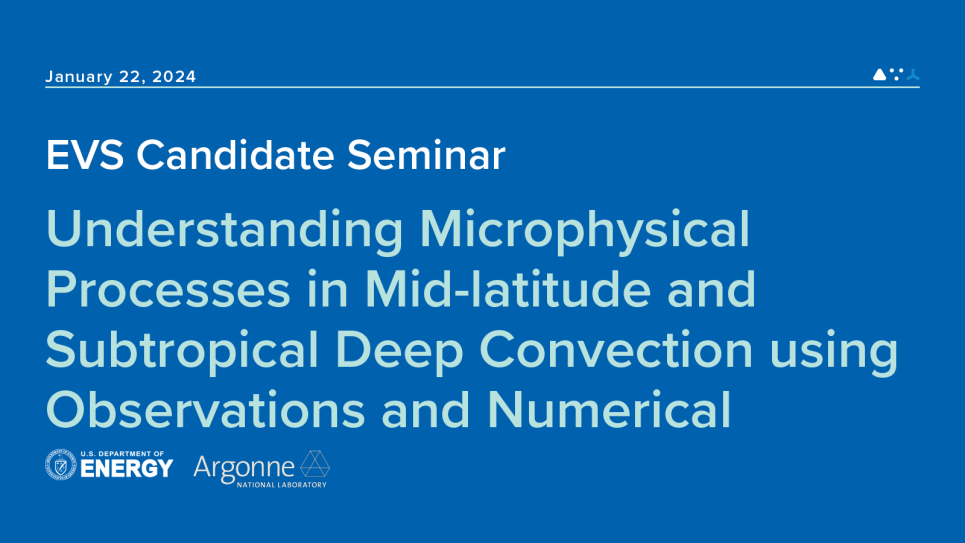
Understanding Microphysical Processes in Mid-latitude and Subtropical Deep Convection using Observations and Numerical Modeling
The evolution of deep convective clouds is complicated by the feedback between storm dynamics and microphysics. Within the mixed-phase updraft (between 0 and -40 °C), microphysical processes exhibit polarimetric signatures that serve as reliable indicators of mid-level updraft intensity. In the first part of my seminar, I will discuss my doctoral dissertation findings, which involved analyzing polarimetric signatures in three severe storms and their correlation with total lightning flash rates, both influenced by mixed-phase microphysics. Next, I will present results from numerical modeling of these storms using the EnKF radar data assimilation technique, focusing on the link between cold pool intensity and noninductive charging rates.
In the second part, I will discuss my postdoctoral research on aerosol-convection interactions during the TRACER field campaign. I will share results from observational analysis of convective cell characteristics across the sea and bay-breezes in southeast Texas. Finally, I will briefly outline my ongoing work on modeling aerosol-convection interactions using idealized WRF simulations.
To add to calendar:
Click on: https://wordpress.cels.anl.gov/cels-seminars/
Enter your credentials.
Search for your seminar
Click “Add to calendar”